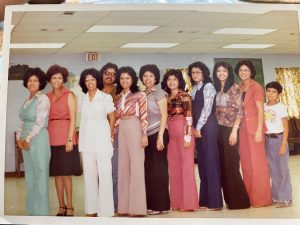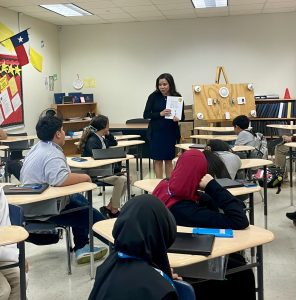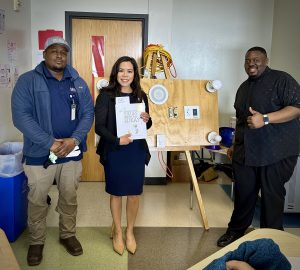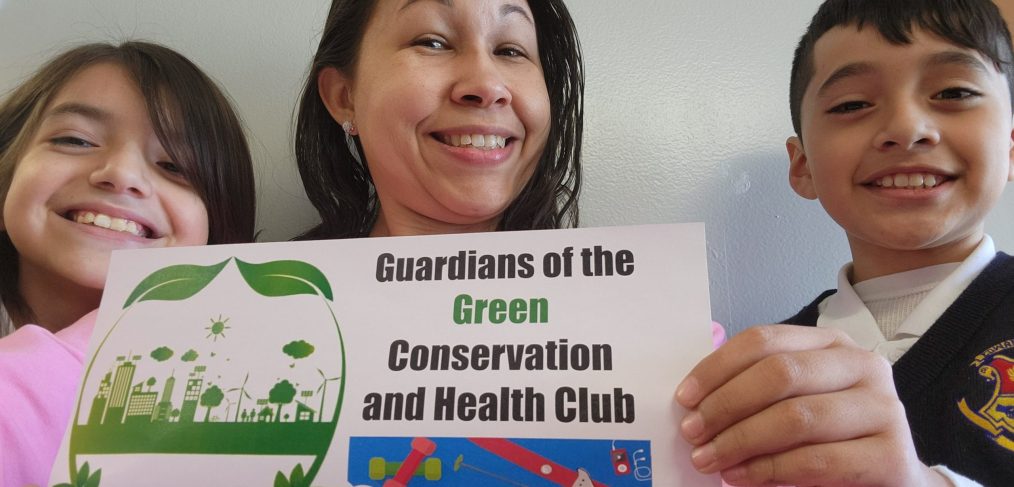Education has always played an important role in Dallas ISD Police Chief Albert Martinez’s life. Now, in his new role as the top police officer for the district, he is combining his support for education with his passion for serving others.
While growing up, education was strongly emphasized by his mother, who was born and raised in Mexico and who didn’t have the same educational opportunities available to him, so it was always something she pushed, he said.
Martinez, a 31-year police veteran, took over as the new chief of police for the district last month. He was previously the second in command at the Dallas Police Department, a role he and another chief shared, and worked directly with Dallas Chief Eddie Garcia. While Martinez didn’t grow up in Dallas—he grew up in Pecos, Texas—he has spent most of his adult life here, having arrived in Dallas in the fall of 1993. He immediately began his career in law enforcement as a student in the police academy and has been here ever since.
He said his biggest priority at Dallas ISD is to follow the district’s and state’s safety and security mandates for all schools. Next, he said he wants his leadership to be centered around his team members so they can better understand the value of their contributions to the Dallas ISD Police Department and the district as a whole.
“Like our teachers, our principals, and other employees, everyone’s doing this work from their heart,” Martinez said. “My job here as a leader is to tap into my people’s hearts of service. I want them to grow, not only professionally and personally. I want to foster that type of growth environment.”
He also believes that getting a quality education is something that can make a big difference in a student’s life, as well as having it as a foundation from which to build a life. The district has a number of opportunities, and the more opportunities that students are exposed to will help them stay motivated and be less likely to make decisions that could negatively affect their future, he said.
Martinez credits his third-grade teacher, along with his mother, for motivating him as a child, so he knows the value of students seeing role models and mentors in the schools. Martinez, who was an honors student, was told by his teacher that she was proud of him. In turn, he wanted to continue to make her proud by getting good grades. Besides excelling in school, Martinez also played trumpet in the school band, and says he’s still able to read music.
“Our teachers, even some of the smallest acts that they do, will have a big impact, but they may not see it for years,” Martinez said. “It may be something they said or something they did. You can see their heart of service– that they care.”
Martinez said he understands that students have challenges, which can include things happening at home, and hopes to work with the schools and community partners so students can find peace and tranquility in their school.
“Some of our students are in survival mode, but there’s relief here, there’s food, there’s care, there’s mentorship,” Martinez said. “Even with the challenges that they may face in school, it can also be where they feel a sense of belonging.”
Building community is also one of Martinez’s priorities—working with parents, guardians and other stakeholders from within and outside the school district. This includes listening to their concerns and working together, he said.
“The community really wants to help. You have individuals and organizations, and private corporations who have the means to help and who want to help,” Martinez said. “We have to be part of that conduit to bring resources.”
He said that he is looking forward to continuing to build and strengthen the relationships that his predecessor, Chief John Lawton, has created with the district and community.
“Relationships are very critical, and so one of my foremost and biggest tasks is to form and solidify those relationships,” Martinez said.

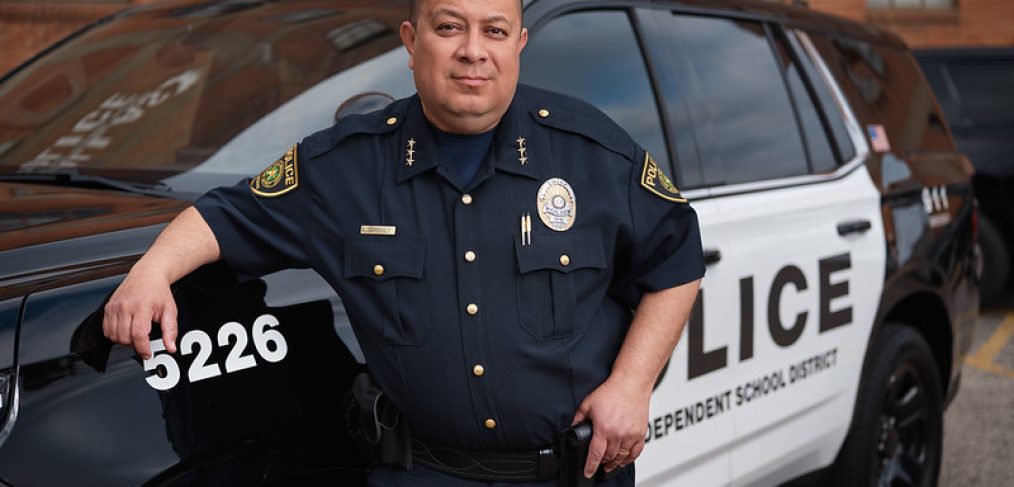
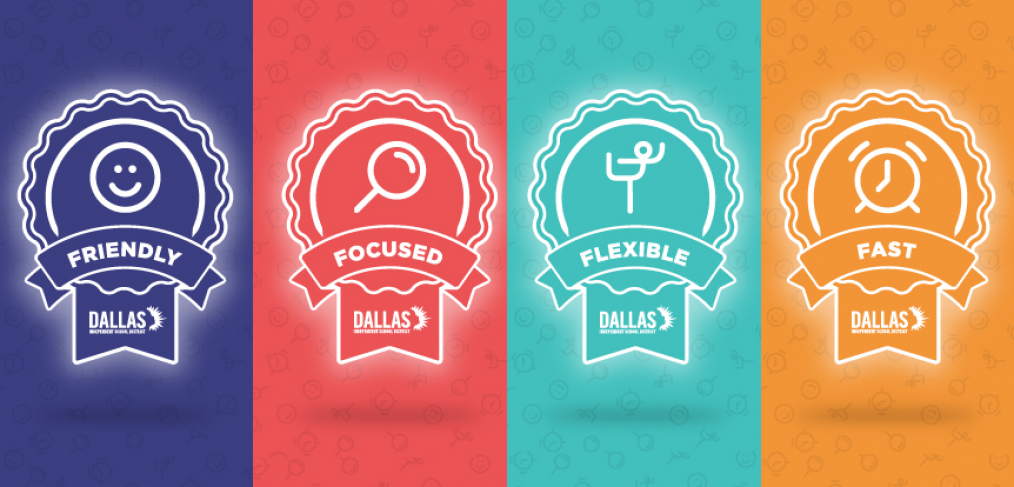

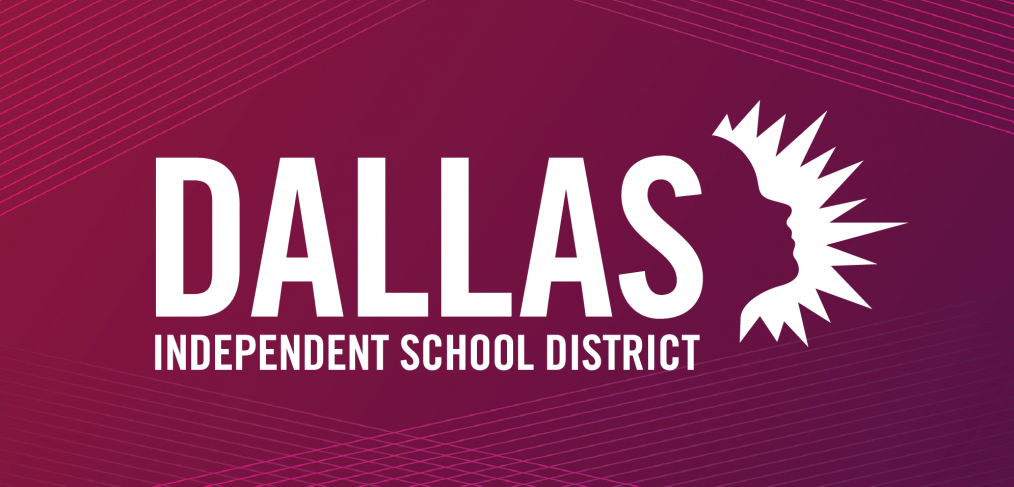
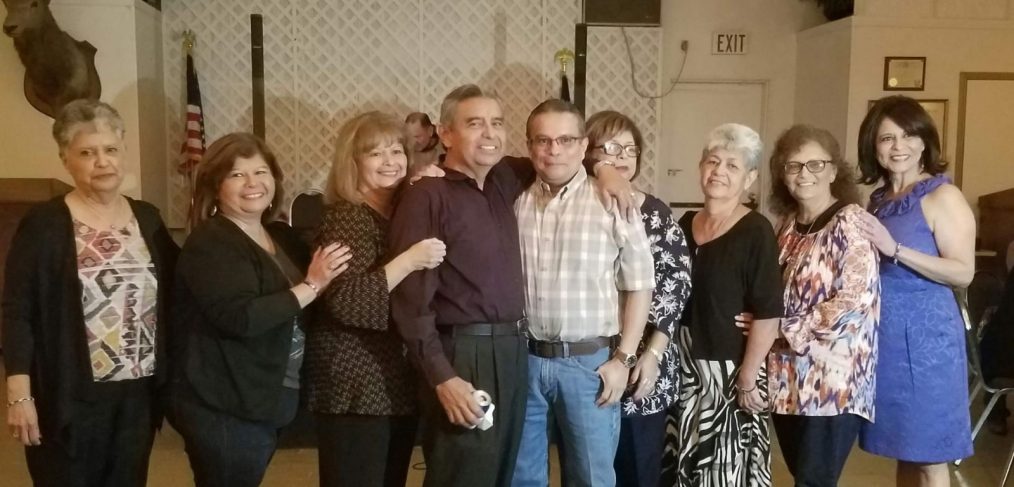
 Molina retired this past December after having worked 37 years in the district’s Evaluation and Assessment Department, where he was assigned to the warehouse service center—shipping and receiving state and local tests, among other duties.
Molina retired this past December after having worked 37 years in the district’s Evaluation and Assessment Department, where he was assigned to the warehouse service center—shipping and receiving state and local tests, among other duties. 